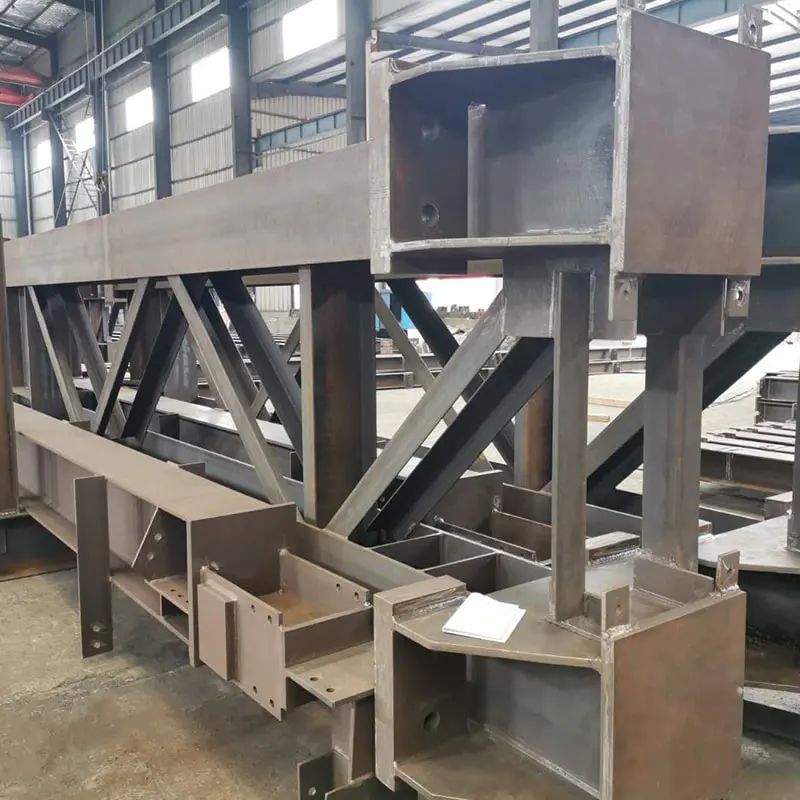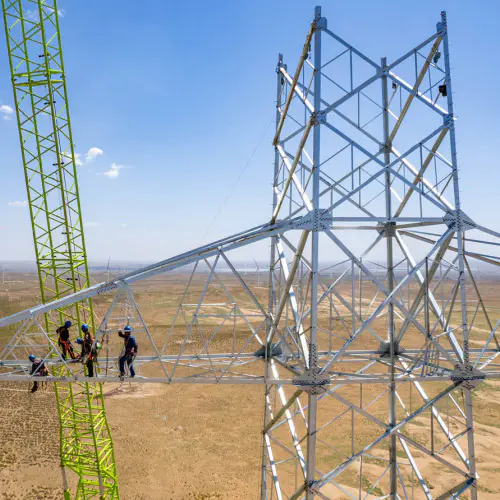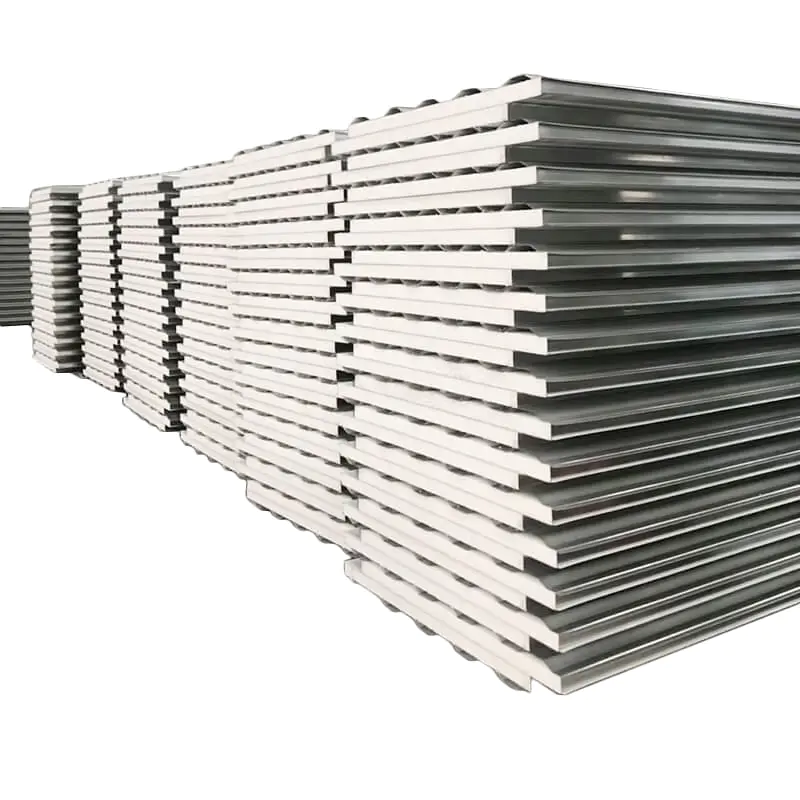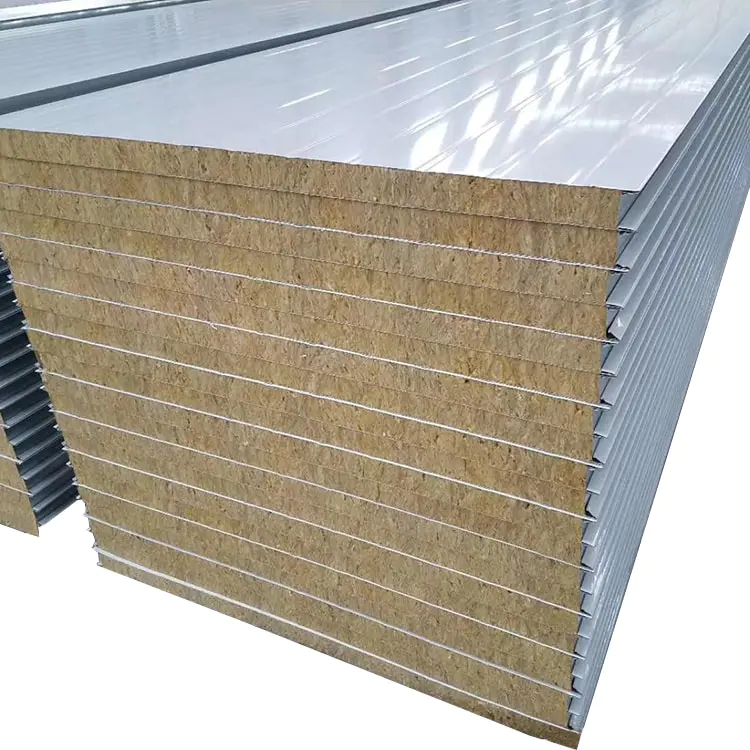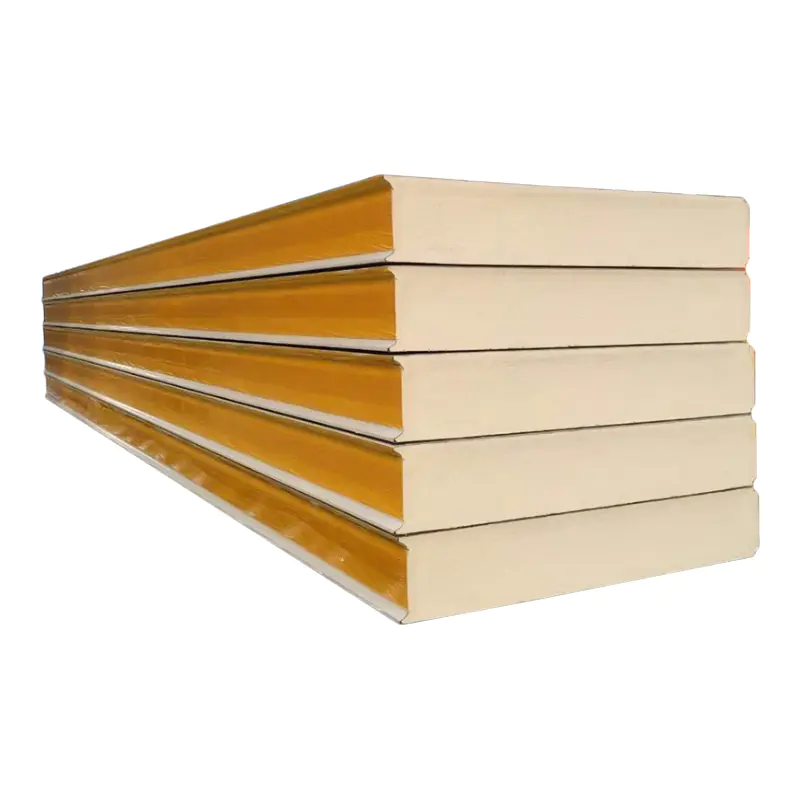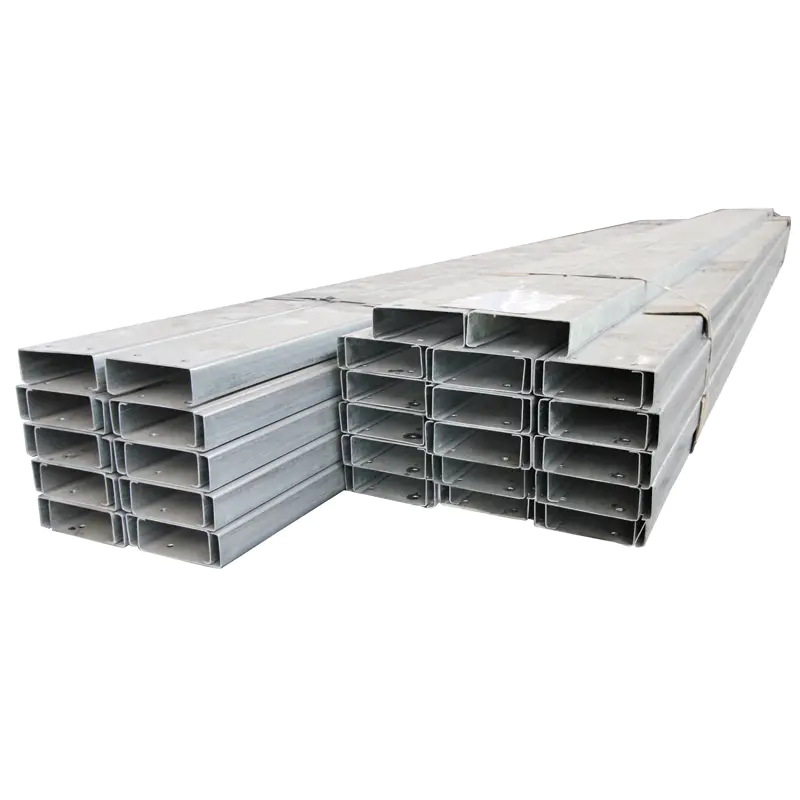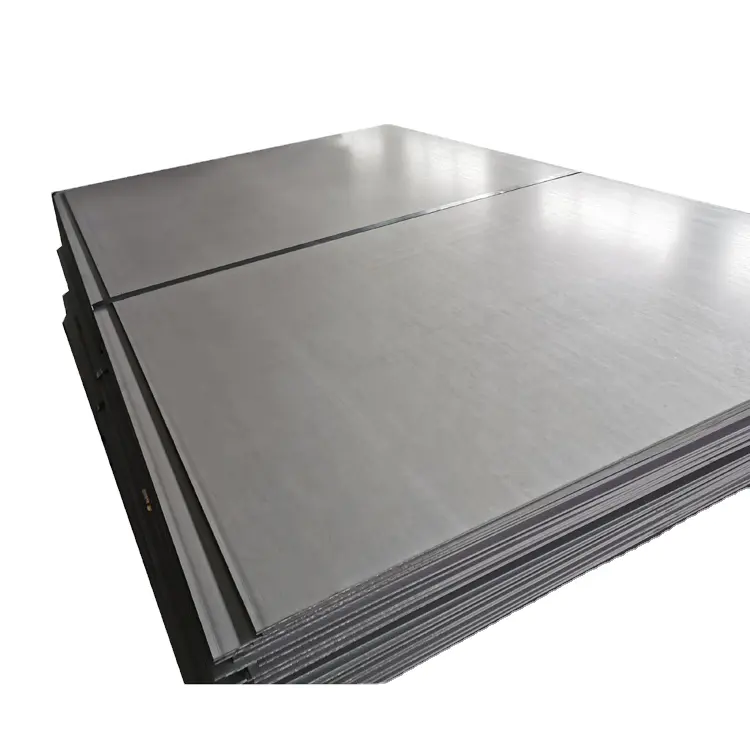Metal building structures have become increasingly popular in modern construction due to their durability, cost-effectiveness, and design flexibility. One of the most common concerns for property owners and developers is whether these structures can withstand severe weather conditions.
Understanding Metal Building Structures
Key Components of Metal Buildings
Metal building structures typically consist of steel frames, metal panels, and reinforced fasteners. These components work together to provide a robust skeleton that supports the entire building. Unlike traditional construction materials like wood or concrete, steel offers high tensile strength and resistance to bending or breaking under pressure.
Design and Engineering Considerations
Engineers design metal building structures to meet specific load requirements, including wind, snow, and seismic forces. Modern designs use advanced modeling techniques to simulate extreme weather scenarios, ensuring that the structures remain stable under challenging conditions.
Resistance to Severe Weather
Wind and Tornado Resistance
One of the most impressive features of metal building structures is their ability to withstand high wind speeds. Properly anchored steel frameworks can endure hurricane-level winds, reducing the risk of collapse. Additionally, aerodynamic roof designs help minimize wind uplift, which is a common cause of structural damage.
Snow and Ice Load Capacity
Heavy snow and ice accumulation can be a serious threat to many buildings. Metal building structures are engineered to carry substantial snow loads without bending or buckling. Their sloped roof designs also facilitate snow shedding, preventing excessive weight buildup.
Fire and Flood Resistance
Steel is non-combustible, making metal building structures more resistant to fire compared to wood-frame buildings. Moreover, when properly elevated and sealed, metal buildings can withstand flooding better than conventional structures, as steel does not absorb water like traditional materials.
Maintenance and Longevity
Corrosion Protection
While steel is strong, it is susceptible to corrosion if exposed to moisture over time. Protective coatings, galvanization, and regular maintenance significantly enhance the lifespan of metal building structures and maintain their weather-resistant properties.
Cost-Effectiveness Over Time
Investing in metal building structures can reduce long-term repair and maintenance costs. Their durability against extreme weather events ensures fewer damages, lower insurance premiums, and longer service life compared to traditional buildings.
Conclusion
In summary, metal building structures are highly capable of withstanding severe weather when designed and maintained properly. Their strength, fire resistance, and adaptability make them a reliable choice for both commercial and residential applications. As weather patterns become more unpredictable, investing in metal buildings provides peace of mind and long-term security.


